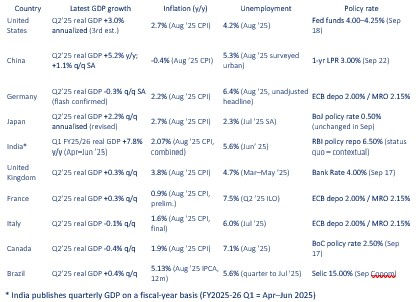Measuring Liner Industry Competition
- Mark Williams

- Feb 21, 2023
- 3 min read
Maersk and MSC have announced that the M2 alliance will split. What are the consequences?
MSC and Maersk are famously untying their 2M alliance amid plentiful discussion as to the reasons. Some think that Maersk’s dash for methanol and distaste for LNG is the main reason, but MSC’s latest newbuilding order for ten 11.5 k TEU ships with LNG and methanol capability undermines this argument somewhat. Others point to increasing attention from competition authorities in the US, EU and China. However, that attention has defocused somewhat as freight rates have fallen.
Analysis by Shipping Strategy Ltd of the concentration ratio in liner shipping suggests that the top three liner companies control 46.6% of the global liner fleet and orderbook as of January 2023, compared to 35.5% in 2017. That might concern any governments who follow the data.
Another metric in regular use to examine the competitiveness and openness of a market is called the Herfindal-Hirschman Index which we will abbreviate to HHI, but don't get mixed up with the South Korean Shipyard! The US Department of Justice describes the HHI as follows:
"The HHI is calculated by squaring the market share of each firm competing in the market and then summing the resulting numbers. For example, for a market consisting of four firms with shares of 30, 30, 20, and 20 percent, the HHI is 2,600 (302 + 302 + 202 + 202 = 2,600).
"The HHI takes into account the relative size distribution of the firms in a market. It approaches zero when a market is occupied by a large number of firms of relatively equal size and reaches its maximum of 10,000 points when a market is controlled by a single firm. The HHI increases both as the number of firms in the market decreases and as the disparity in size between those firms increases.
"The agencies generally consider markets in which the HHI is between 1,500 and 2,500 points to be moderately concentrated, and consider markets in which the HHI is in excess of 2,500 points to be highly concentrated. See U.S. Department of Justice & FTC, Horizontal Merger Guidelines § 5.3 (2010). Transactions that increase the HHI by more than 200 points in highly concentrated markets are presumed likely to enhance market power under the Horizontal Merger Guidelines issued by the Department of Justice and the Federal Trade Commission. See id."
The liner industry will then be keen to keep the HHI below 2,500 points and probably below 2,000 if it can. Furthermore, the Dept. of Justice's point about transactions that increase the HHI by more than 200 points would perhaps render further M&A activity among the biggest players rather difficult.
Let's look at the top liner companies and their HHI scores, using data from 1 January 2023.

Calculating the HHI of individual liner companies returns 993 points for the big nine liner shipping corproates. A market with an HHI of below 1,500 is considered to be competitive, while a score of 2,500 or more is considered uncompetitive. On this basis, the liners have little to worry about. However, if the HHI is measured by alliance, then the three big alliances (2M, OCEAN, and THE Alliance) have a HHI of 2,142 when calculated on their owned and chartered TEU. Splitting up 2M returns a HHI of 1,633, a more comforting figure for competition authorities.
The 2M alliance was established in 2015 for ten years and was intended to cover the headhaul Asia to Europe, transPacific and transAtlantic schedules. Hyundai Merchant Marine (HMM) joined for three years from 2017 before switching to THE Alliance. Alliance memberships aren't fixed permanently - how could they be given the varying corproate strategies and survival rates of container ship operating companies? But the very nature of the alliance system makes regulators itchy, given their allergy to the previous conference system with its roots in UK-India liner trades in the ninetheenth century.
If Maersk and MSC both want to offer global coverage, they will probably have to build more ships, so the orderbook is likely to grow beyond its current 7.3 million TEU. As news site Splash 24/7 pointed out this week, the orderbook for container ships is now larger in TEU than the entire fleets of the number 2 and number 3 liner companies APM-Maersk and CMA-CGM. The deluge of new ships starts this year and goes on until 2025.
Market concentration may be a concern for authorities, but the smaller competitors will worry about their own profitability with increased competition from the two largest liner firms, especially if they continue to order newbuildings to replicate the sailings that each has covered for the other since 2015. Add in the fleet renewal requirements of the energy transition, mix with the geopolitical uncertainty of deglobalisaiton and you have a formula for market turbulence runing into the next decade. Investors have been warned.



Comments